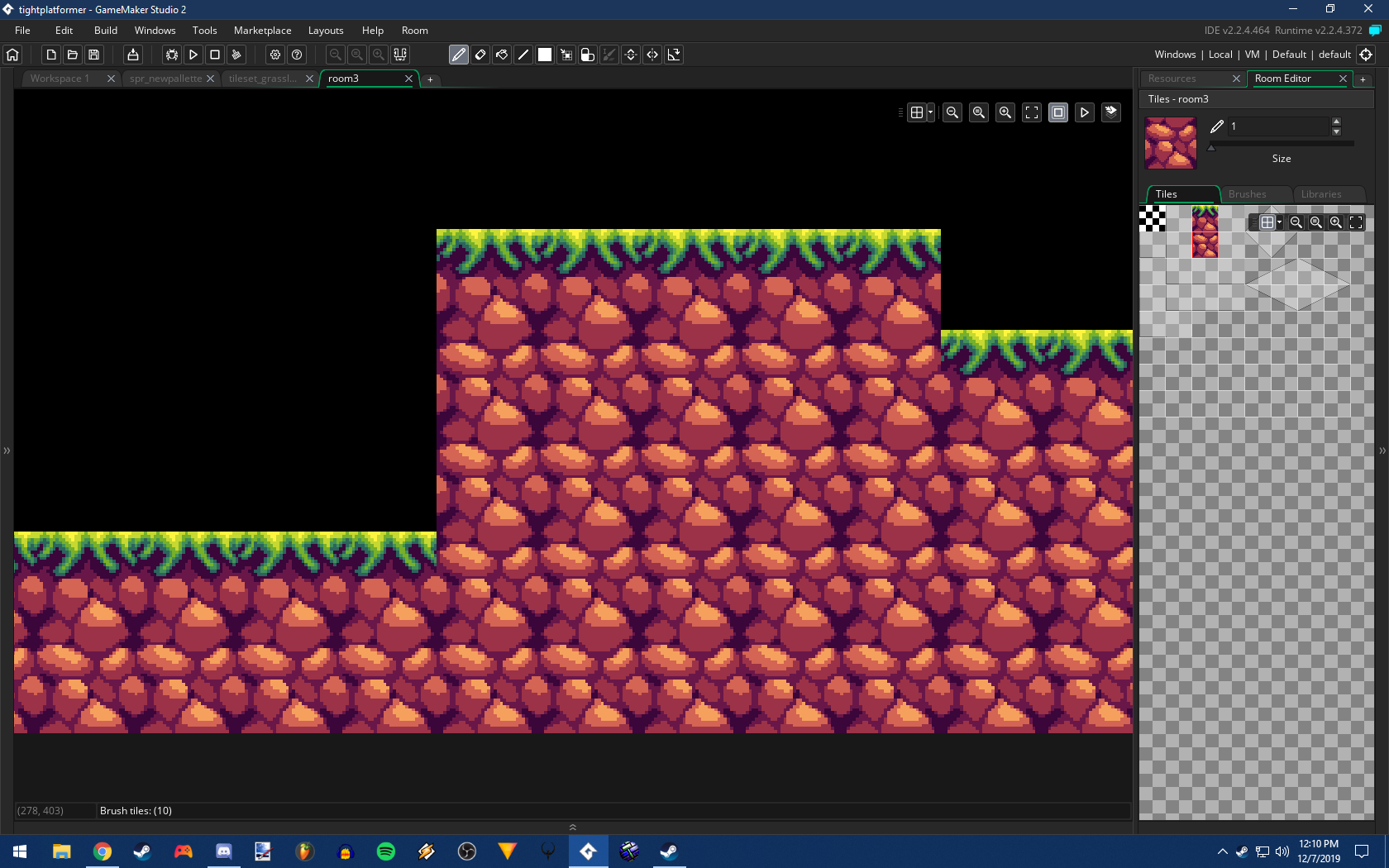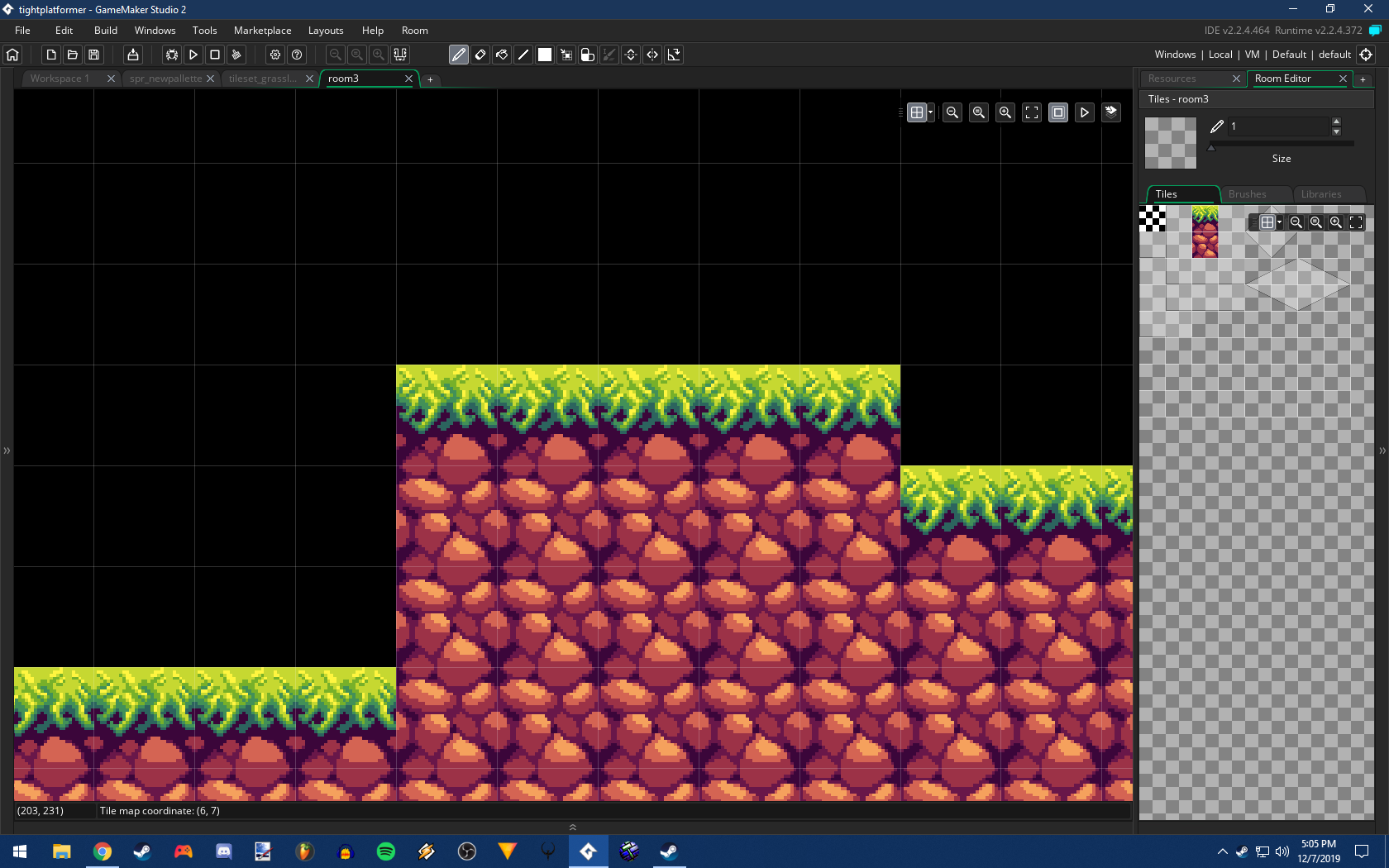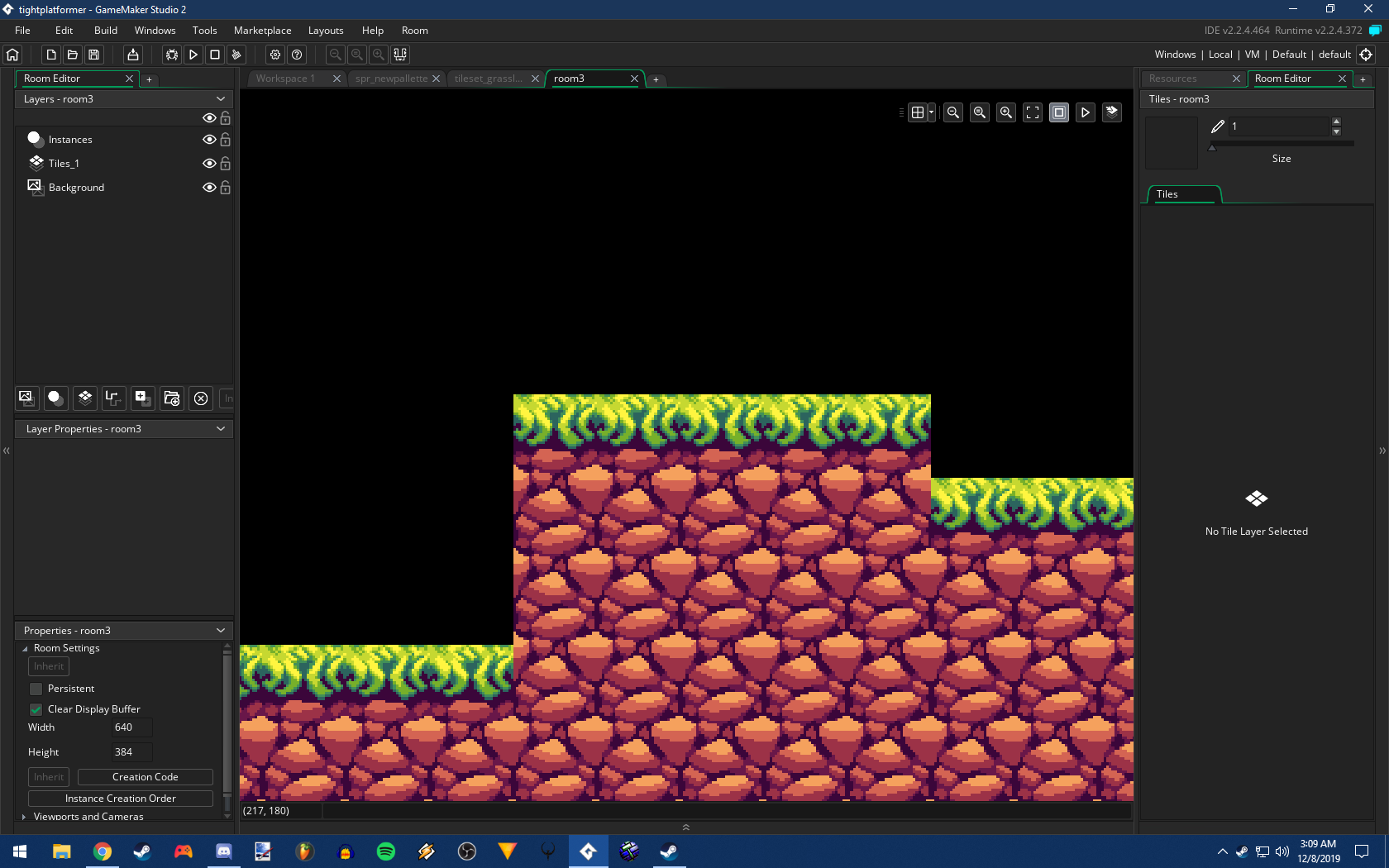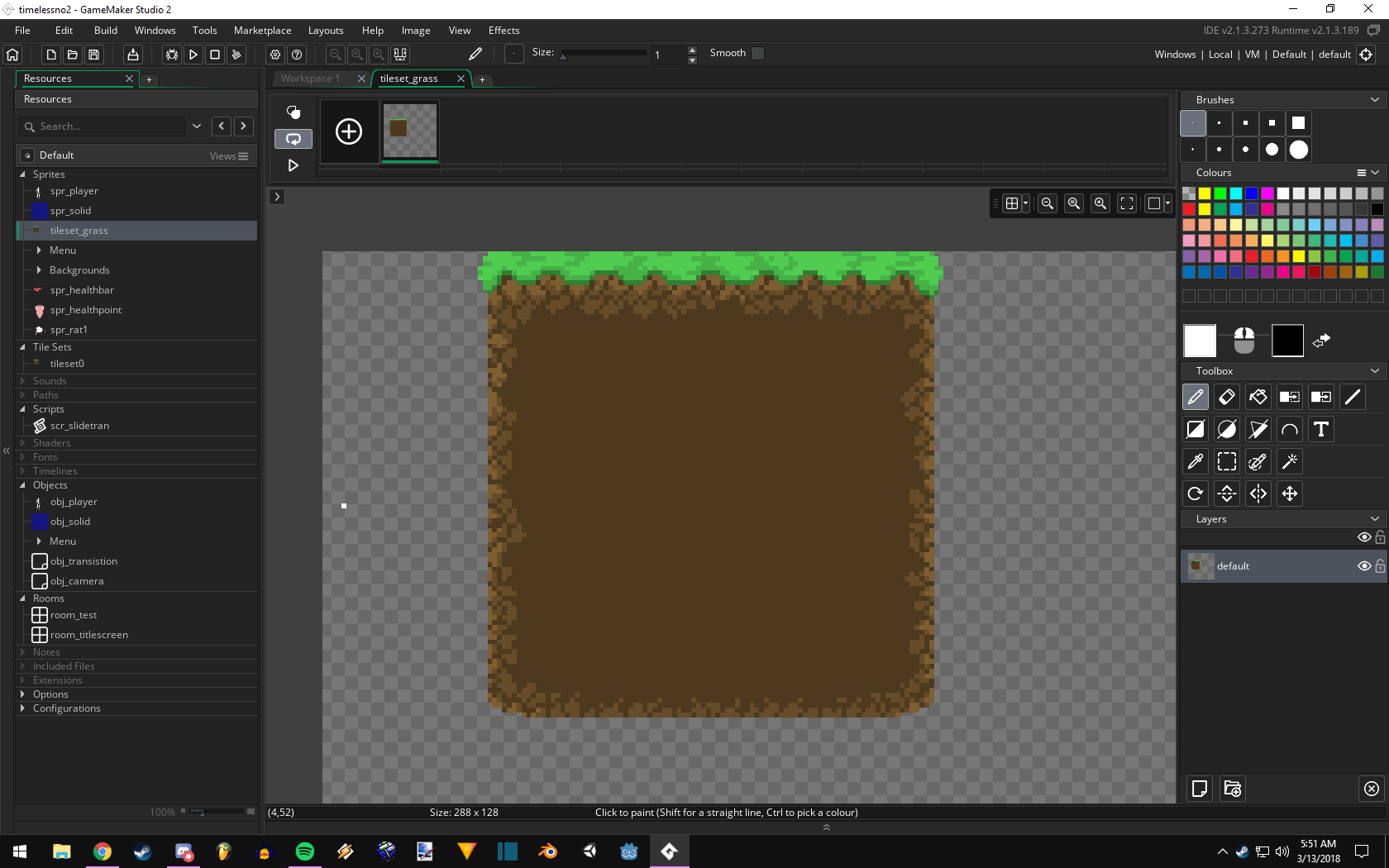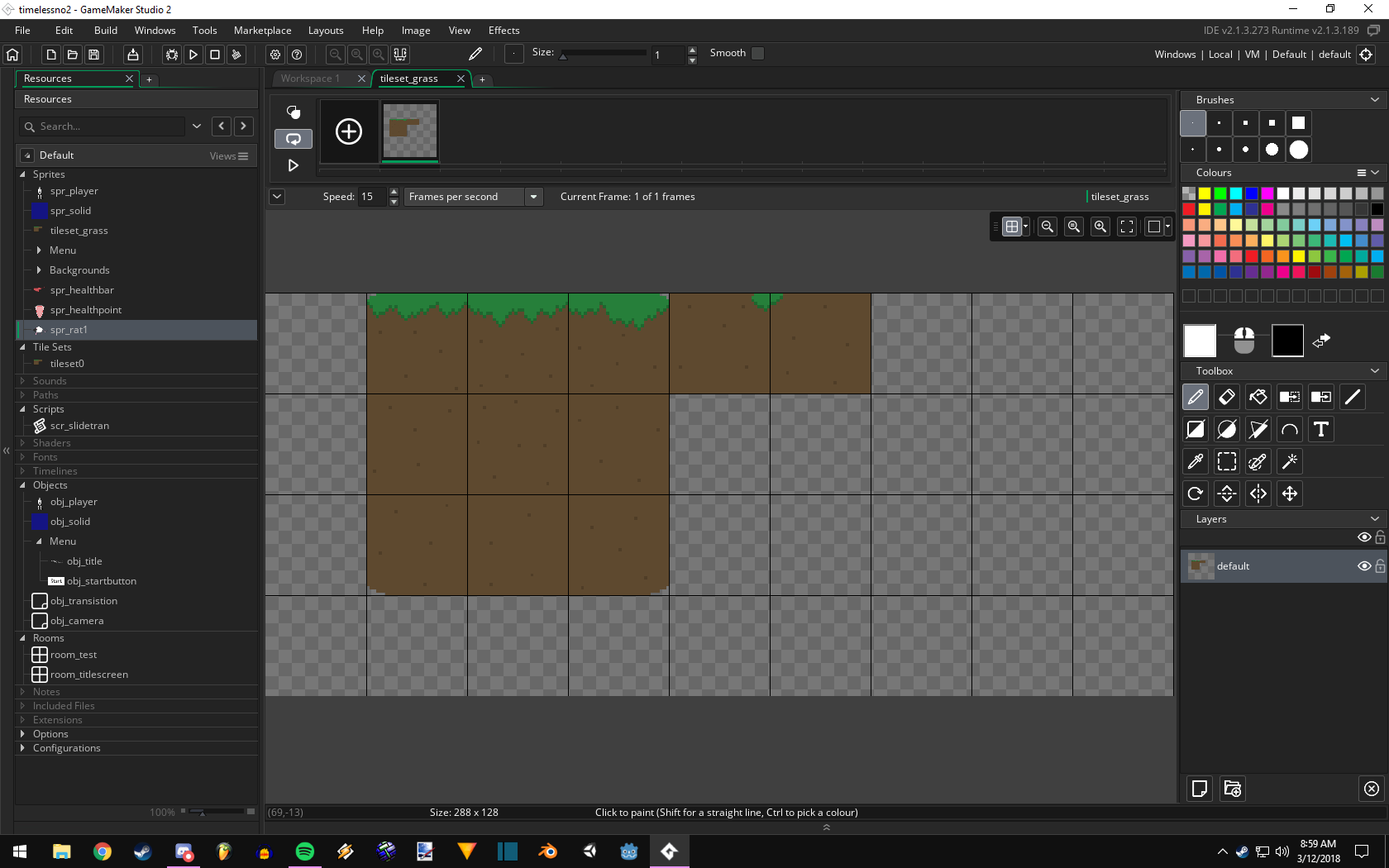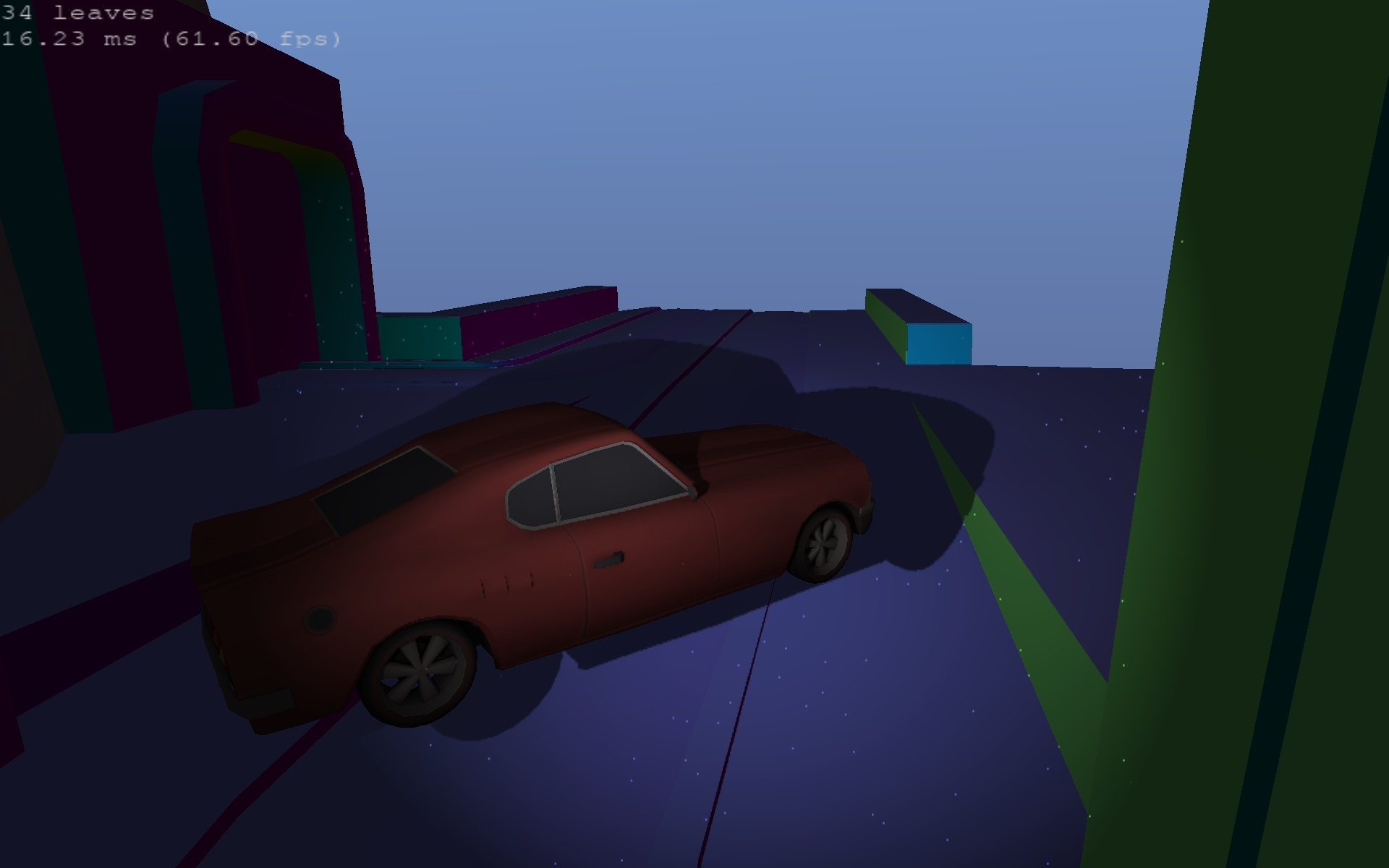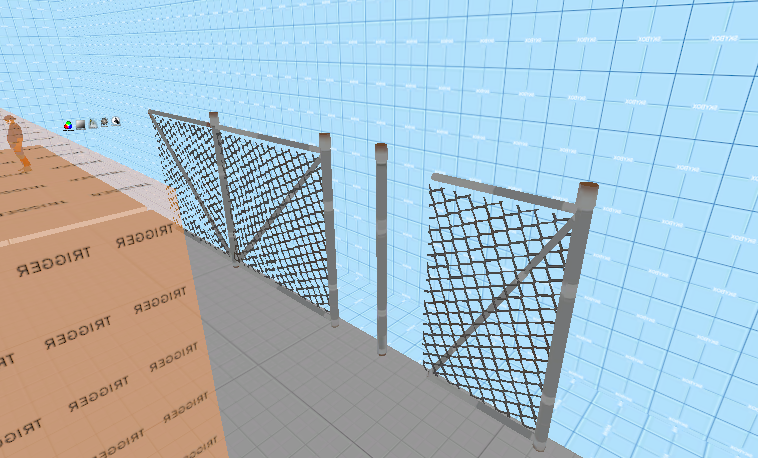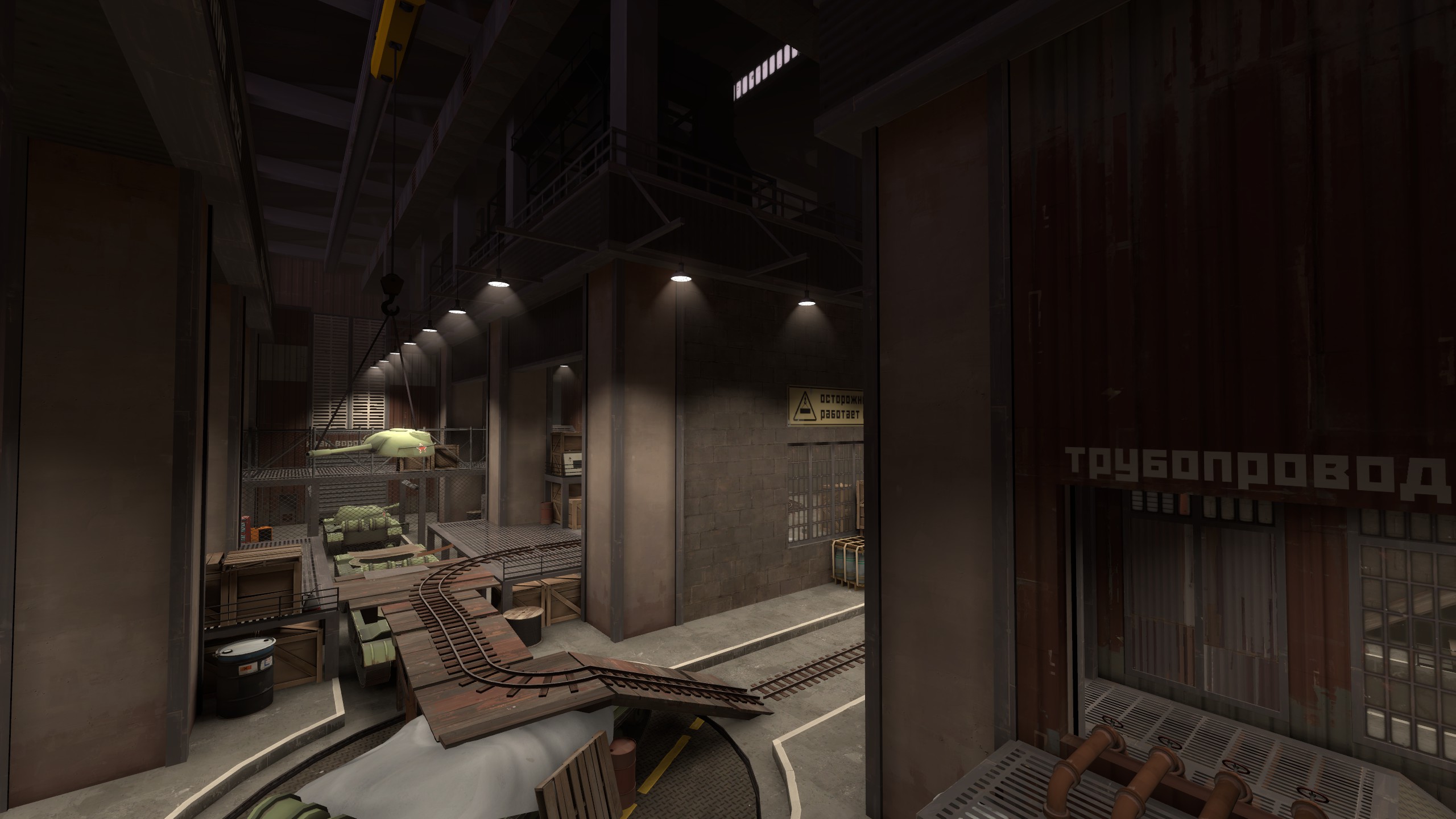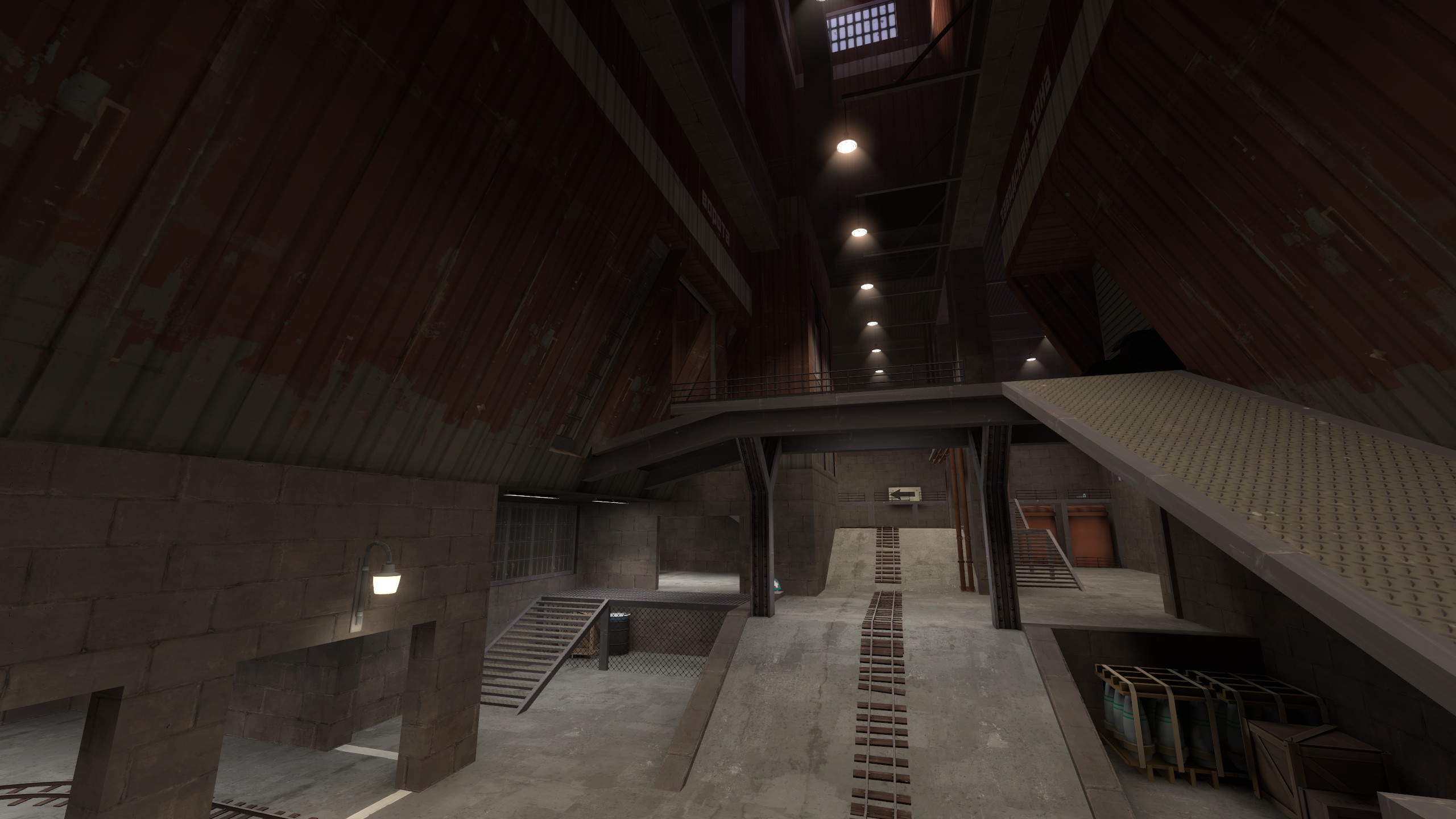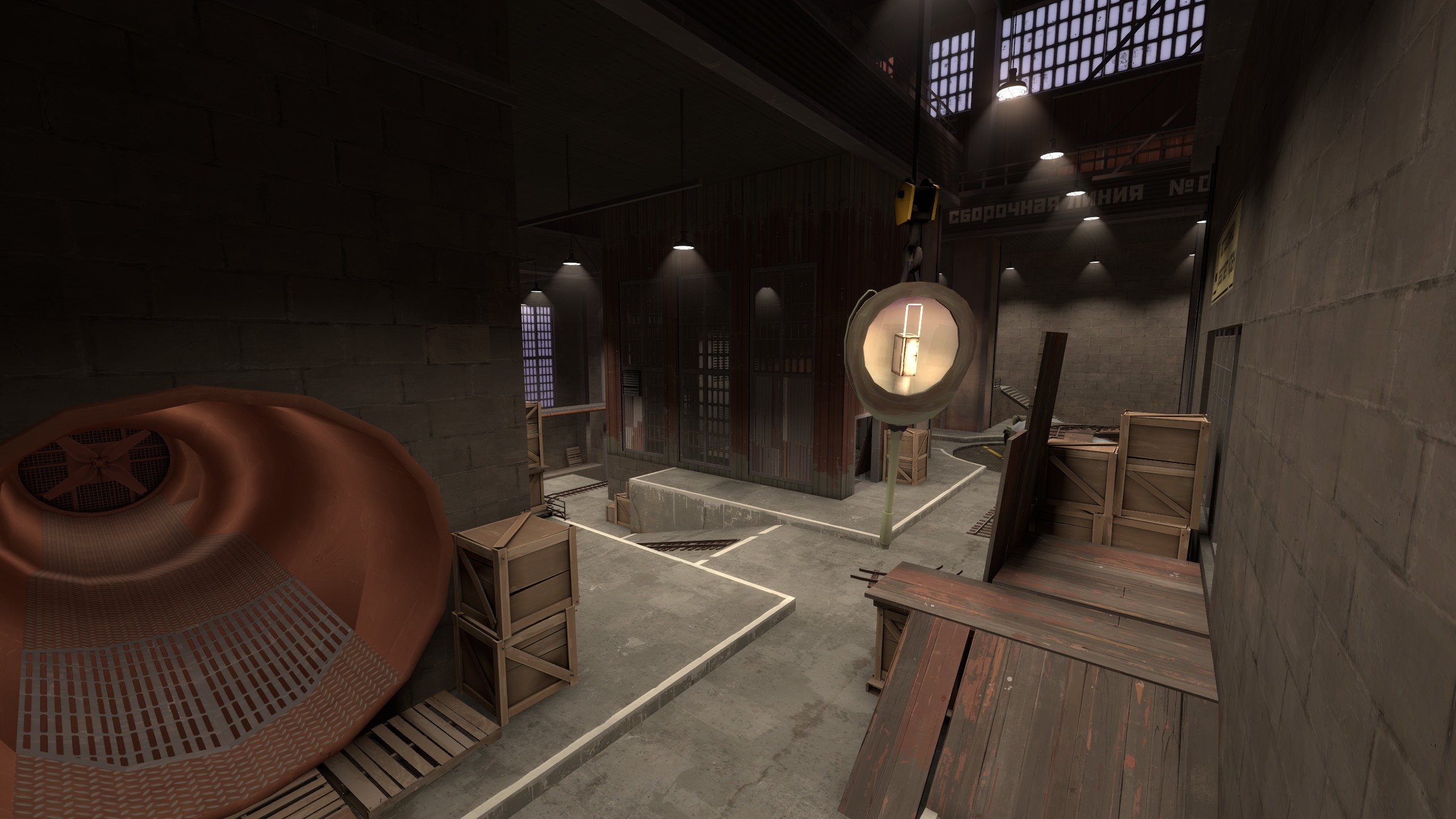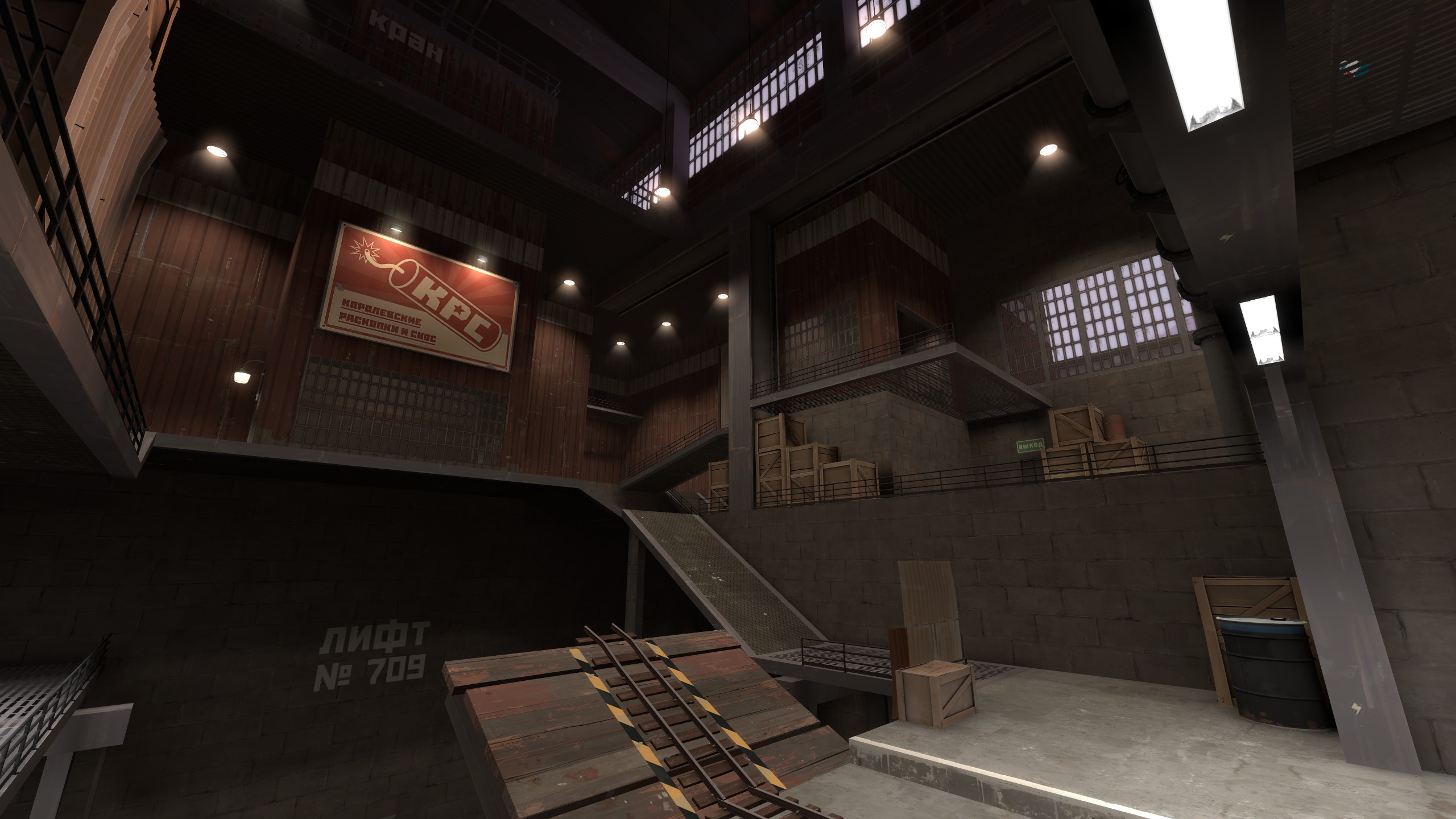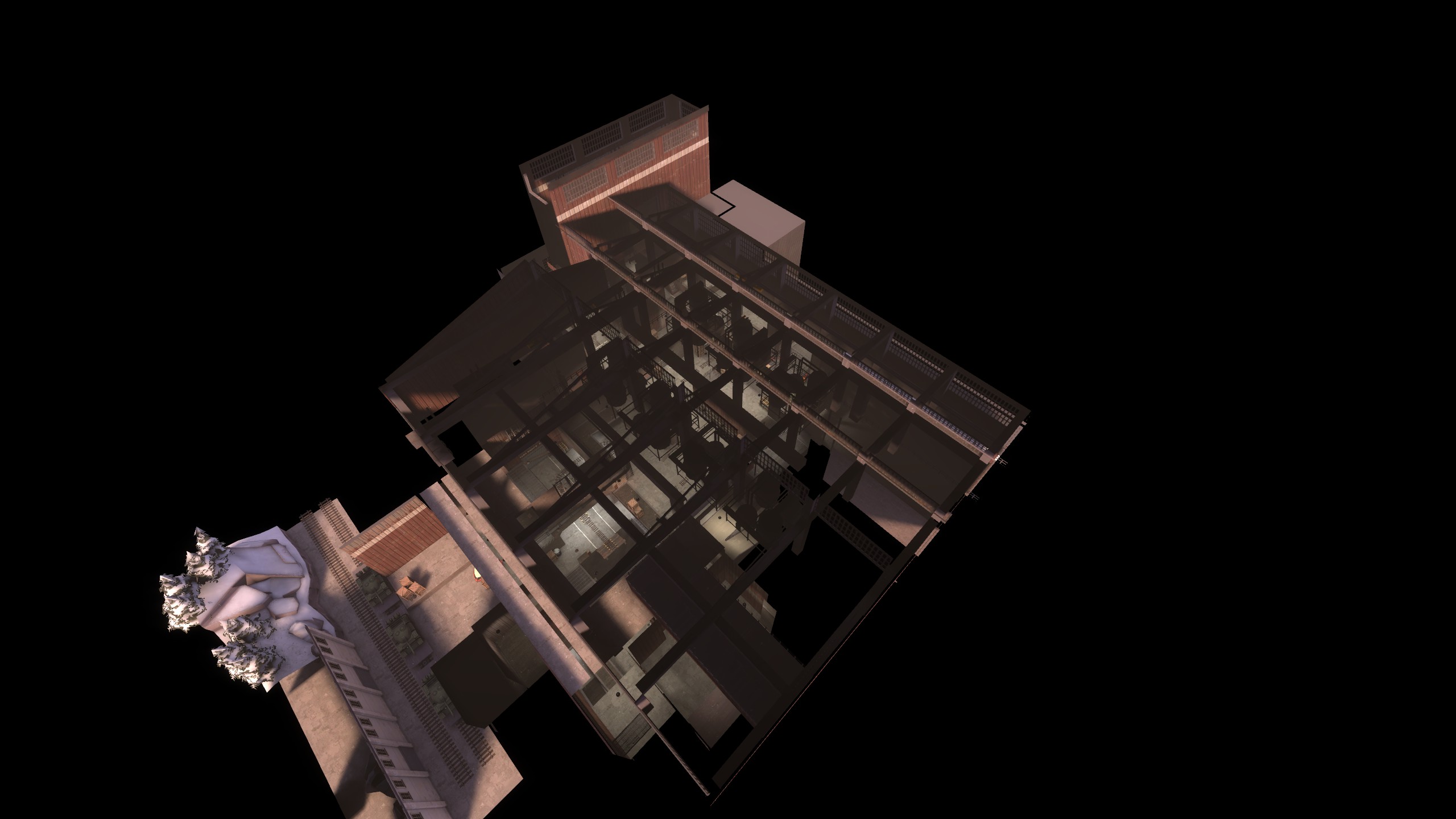What's up! It's been a month and I think we've got a working solution for visibility determination in our game engine. What you see here will remind most mappers of the contents of a portalfile, but it's hardly that: it's an octree, which subdivides more where there are many polygons, and less in emptier areas. It has a very simple and intuitive implementation, easy to get up and working. But I love the other spatial data structures I have been learning about, such as R-trees, and the usage of space-filling curves. You can get really clever if you want.
Anyway, this follows the philosophy that props are for things that are common and same, such as a street lamp or railing, and unique geometry should belong to the actual world. *But* the world geometry can and should be modelled just like the props are, with no additional limitations, and rendered in the same way - visually, you shouldn't be able to tell the difference, as you easily can in Source.
The map would define certain "occlusion planes". These resemble Source's world brushes in that they block visibility. But rather than serving as an input for a total precalculation, they are instead rendered into a depth buffer for the tree to test against (don't enter the branches whose cuboids are occluded entirely).
So you can actually see what's going on in the scene. Yes, I acknowledge the fact that most things fall behind Hammer when it comes to actually making maps...



